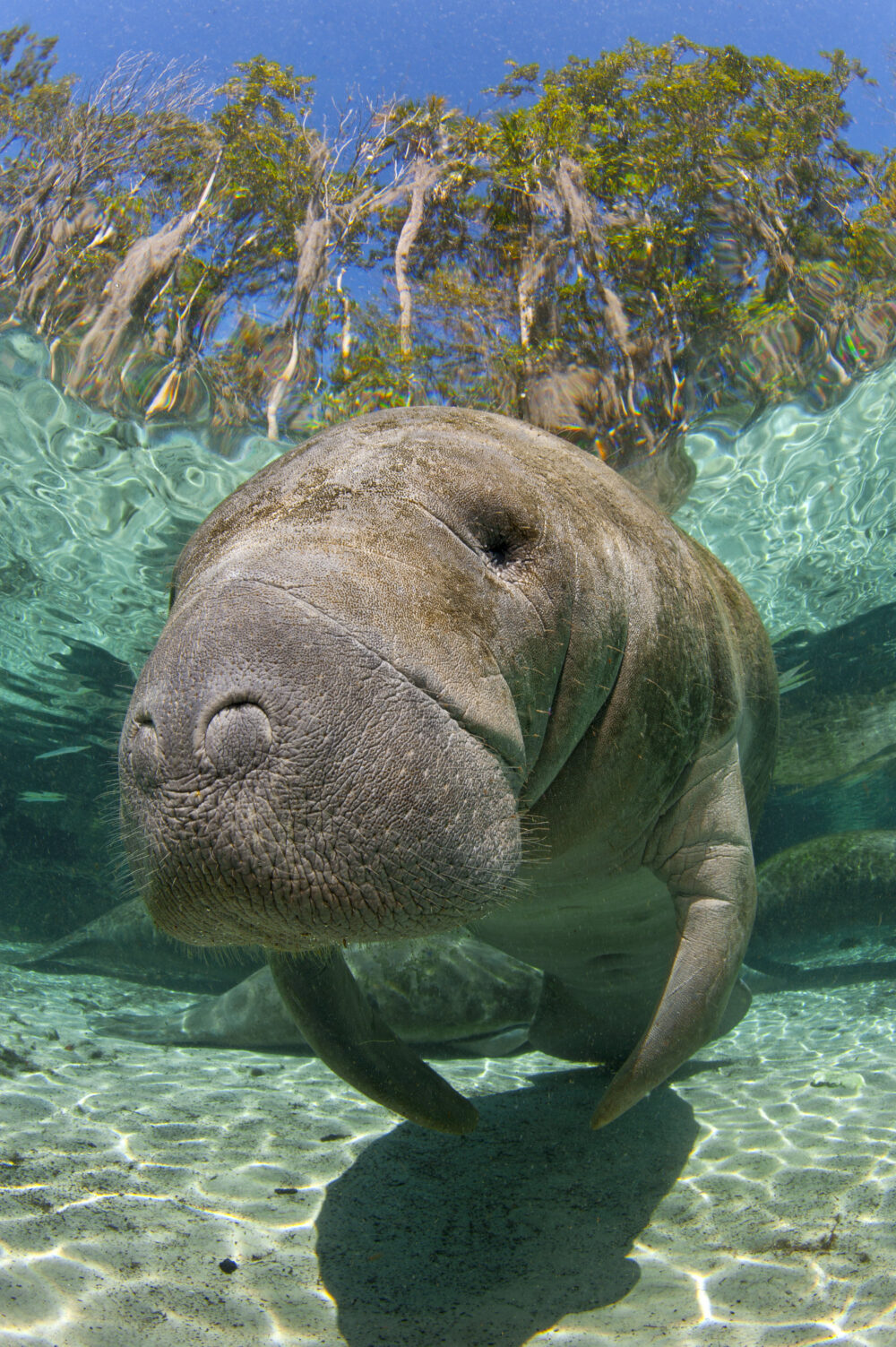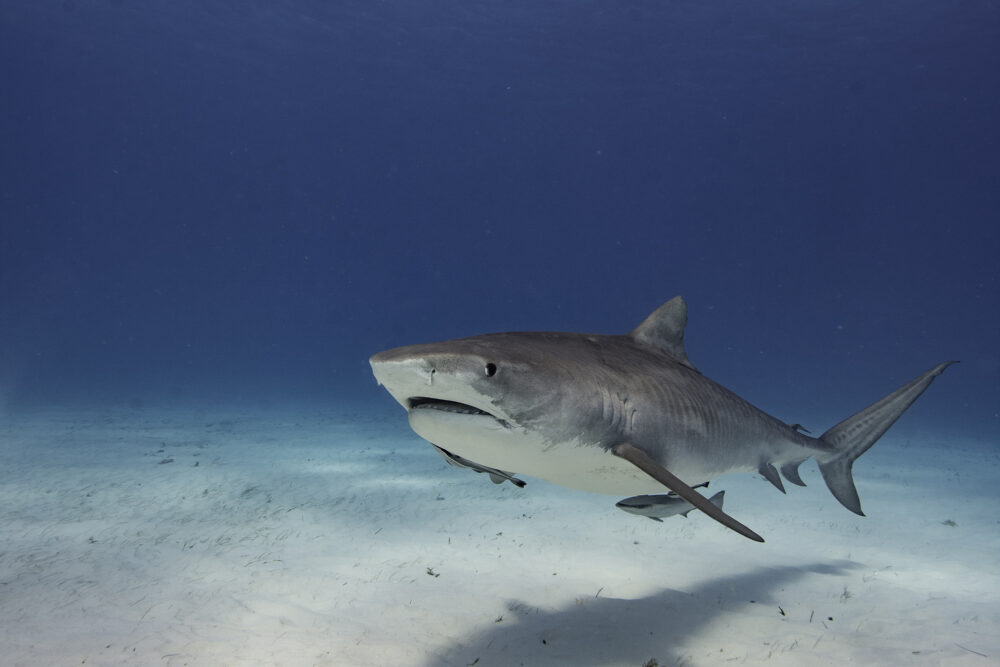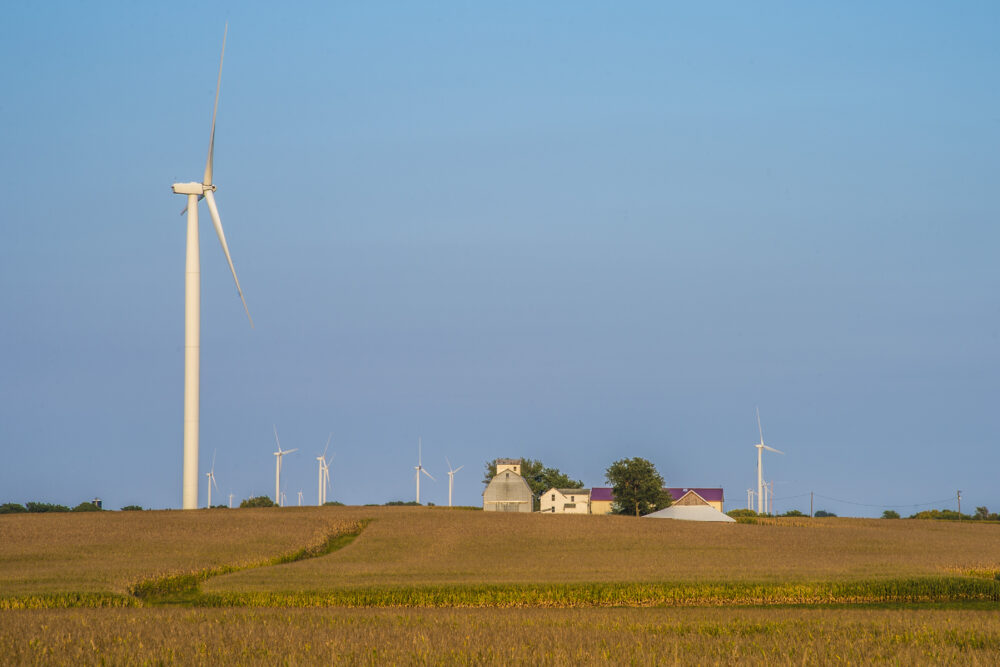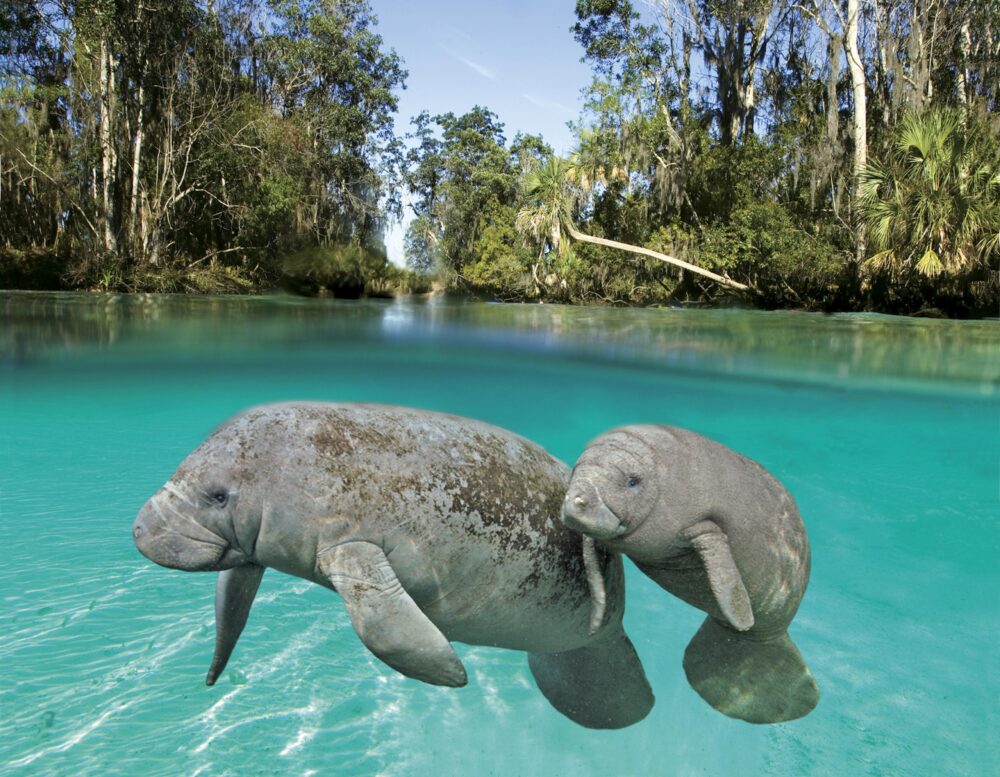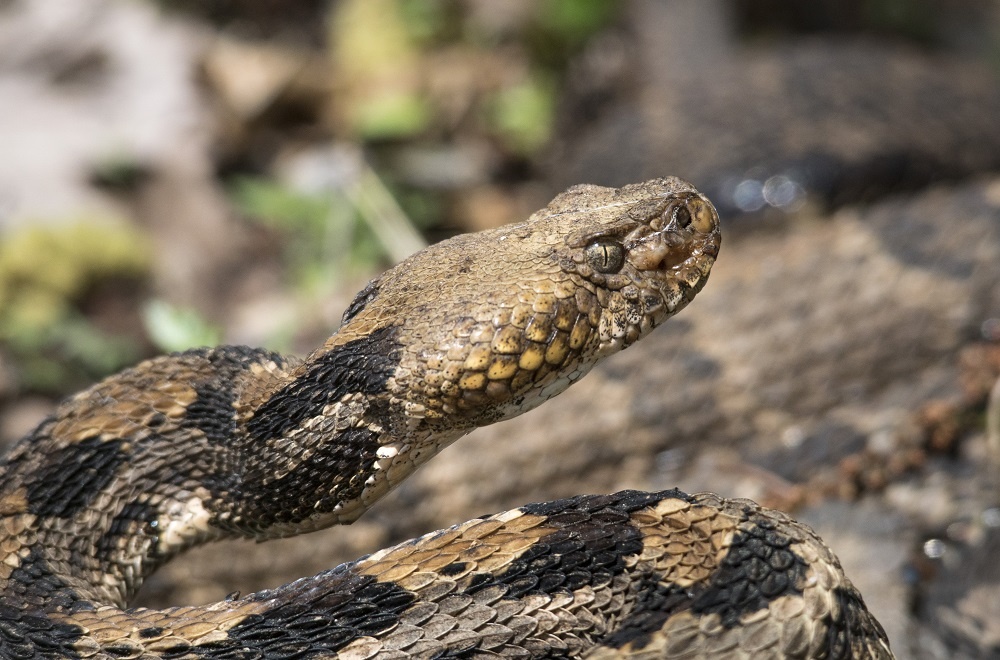We have much more to do and your continued support is needed now more than ever.
Changing Times for the Gray Wolf

Political, social and cultural progress on conservation issues are often slow in arriving, but when seen from atop the arc of time, the progress conservationists have made on some issues is just amazing.
Below are comments that reflect how attitudes about one wildlife issue—U.S. gray wolf management—changed in barely a century.
The old ideas about the need to slaughter wolves are still with us and probably always will be, but the pendulum has swung in the other direction and perhaps will remain there if wildlife enthusiasts continue their vocal support of the animals and habitats that have made America.
Except where noted otherwise, the quotations below, including those that appeared originally in government reports, are from The War Against the Wolf: America’s Campaign to Exterminate the Wolf by Rick McIntyre. Composed mostly of quotations from myriad historic sources, the book provides an overview of how the wolf was “managed” from 1630 to 1995 in what is today the USA.
“The wolf is the arch type of ravin, the beast of waste and desolation….The wolfers, or professional wolf-hunters, who killed them by poisoning for the sake of their fur, and the cattlemen, who likewise killed them by poisoning because of their raids on the herds, have doubtless been the chief instruments in working their decimation on the plains.” – Theodore Roosevelt, 1902
“A sort of range law was adopted whereby no cowman would knowingly pass up a dead carcass without first inserting a goodly dose of strychnine, in hopes of eventually killing a wolf or two.” – Stanely P. Young, The Last of the Loners (New York City: The Macmillan Company, 1970).
“One morning after putting out the poison they picked up sixty-four wolves, and none of them over a mile and a half from camp. The proceeds from that winter’s hunt were over four thousand dollars.” – William Webb, citing two wolf hunters from mid 1800s, in Young, The Last of the Loners
“The wolf situation is one that will require intensive organized effort until the last animal is taken, not only in Texas and New Mexico, but in every state where they find suitable habitat….”– 1920 U.S. Bureau of Biological Survey annual report on predator control in the New Mexico District
“From October 6, 1915, to June 30, 1916, two special rangers were employed by advice of the United States Biological Survey for the purpose of exterminating carnivorous animals in [Yellowstone National Park]. They succeeded in shooting and trapping 83 coyotes, 12 wolves, and 4 mountain lions….Other park employees succeeded in killing 97 coyotes, making a total killed of 180.” – 1916 Yellowstone National Park annual report
“John Weaver, in his 1978 National Park Service report, The Wolves of Yellowstone, stated that a minimum of 136 wolves were killed in the park between 1914 and 1926. Eighty of those wolves were pups. Since many wolves killed by poison bait were never found, the true tally of kills is likely much higher. The last two wolves killed in the park’s predator control program died in October of 1926. After that date, wolves were occasionally reported in the park but did not appear to represent a viable breeding population.” – Rick McIntyre, War Against the Wolf
“With natural conditions outside the National Parks disappearing rapidly, we need these large areas maintained in their nearly original wild state. We must not exterminate any part of the wild life but guard it all carefully, for once destroyed we cannot bring it back.” – Milton Skinner, writing in his 1924 report, “The Predatory and Fur-Bearing Animals of the Yellowstone National Park”
“The National Park Service believes that predator animals have a real place in nature, and that all animal life should be kept inviolate within the parks.” – Horace Albright, director, National Park Service, in his 1931 “National Park Service’s Policy on Predatory Mammals,” in which he declared an end to systematic predator control in the national parks
[More than 60 years would pass before management under the Endangered Species Act led to the reintroduction of gray wolves into Yellowstone National Park in 1995, when 14 wolves were brought to the park from Alberta, Canada, held in acclimation pens for 10 weeks, and then released. In 1996, an additional 17 wolves were transplanted from British Columbia. At the end of 2009, at least 96 wolves in 14 packs, 1 non-pack group, and 2 loners occupied Yellowstone National Park. – Di Silvestro]
“When I am sixty-five, I plan to take my grandchildren to Yellowstone National Park. We will go out late at night under a full moon, and I will howl up a pack of wolves. Over a midnight snack, and perhaps a glass of fine red wine for Grandpa, I will tell my grandchildren about what it took to provide them with the opportunity for that experience, all the good people and friends that were involved, and all the funny and interesting stories that occurred before, during, and after my part had been played out. I’ll also remind them how their bloodline had some small part in restoring the immortal relationship between predator and prey in this special place. I’ll promise, God willing and if the creeks don’t rise, to spend a similar night with their children. I hope that they will always remember that night with fondness and pride.” – Ed Bangs, project leader for the environmental impact statement for wolf reintroduction to Yellowstone National Park and central Idaho, in his essay “Wolf Hysteria: Reintroducing Wolves to the West”





